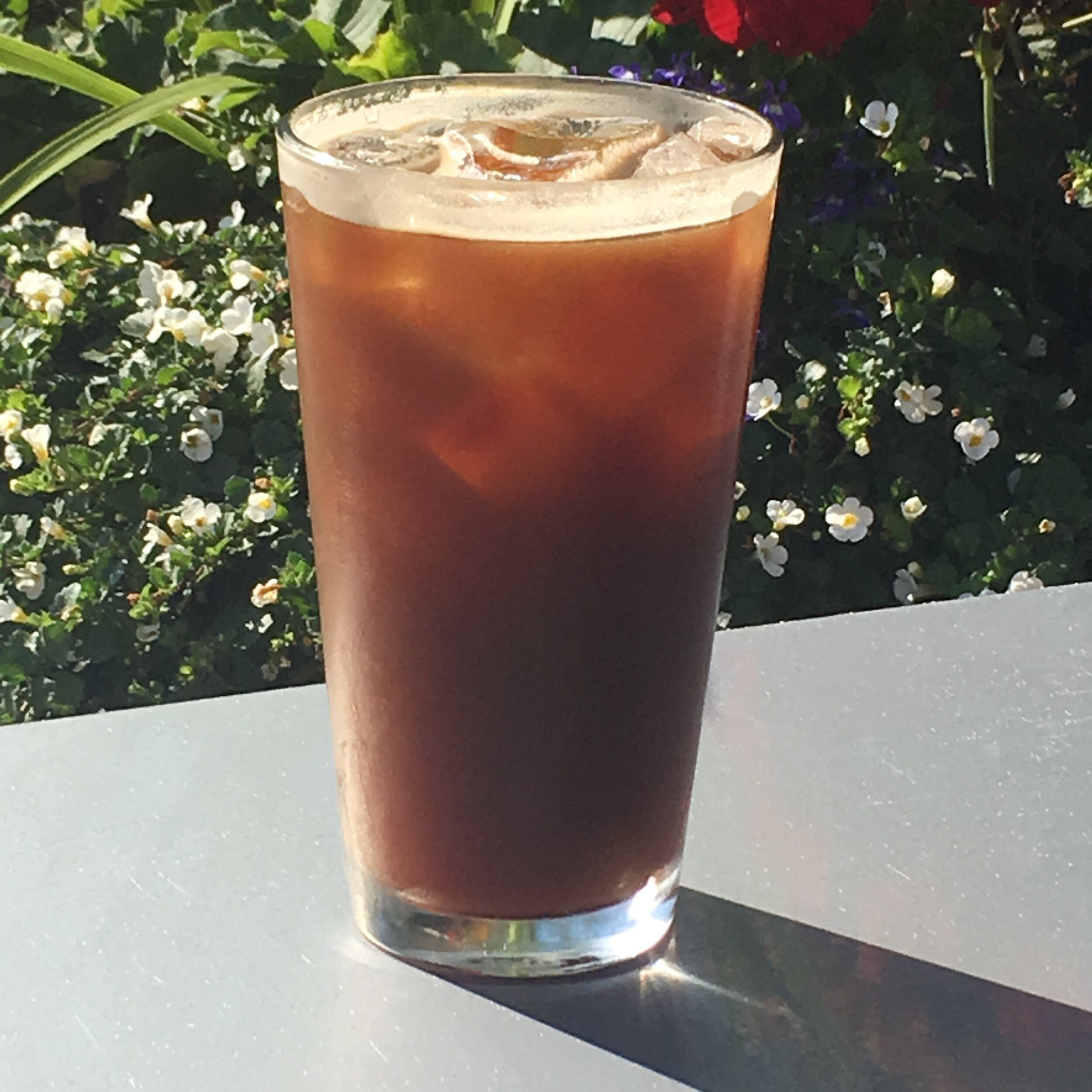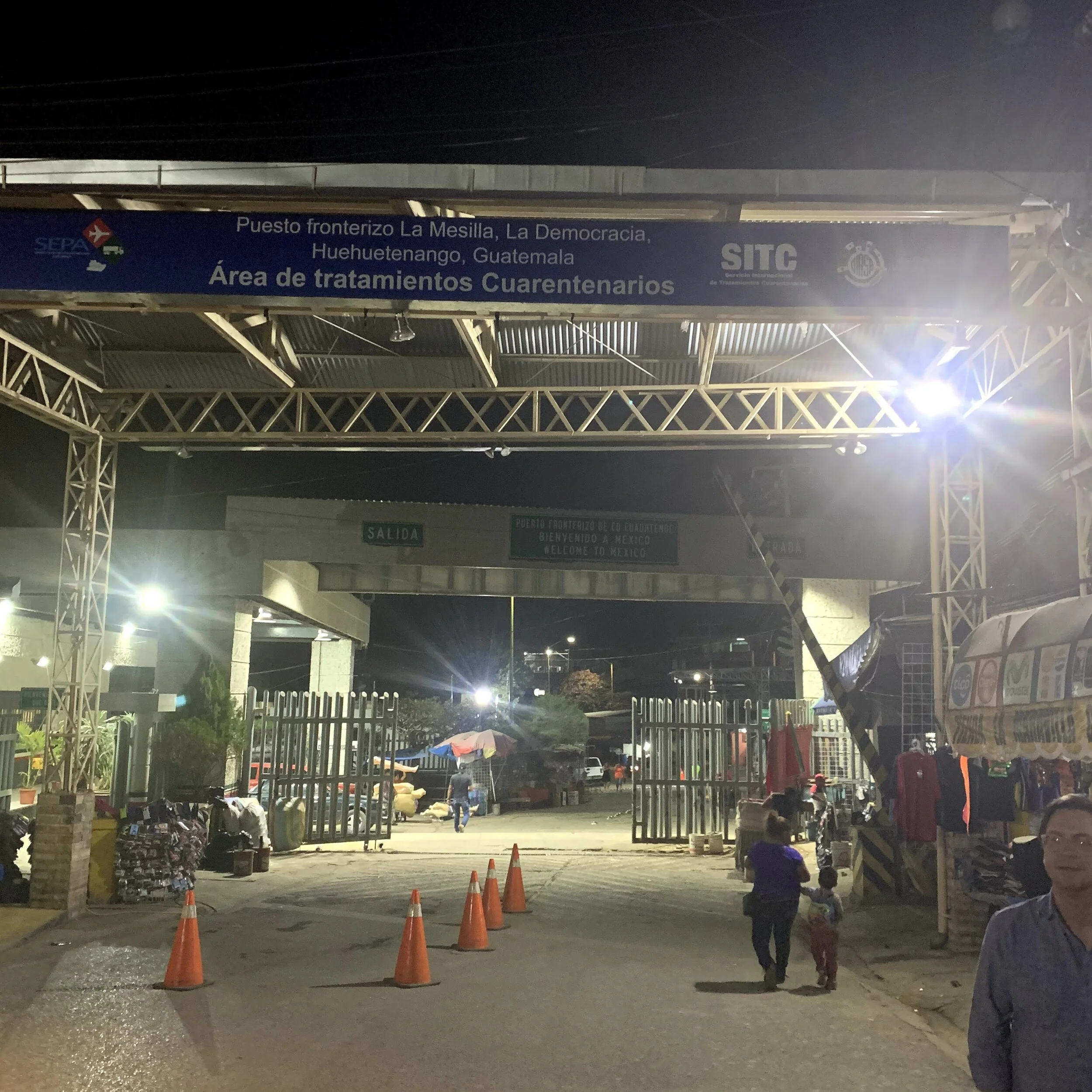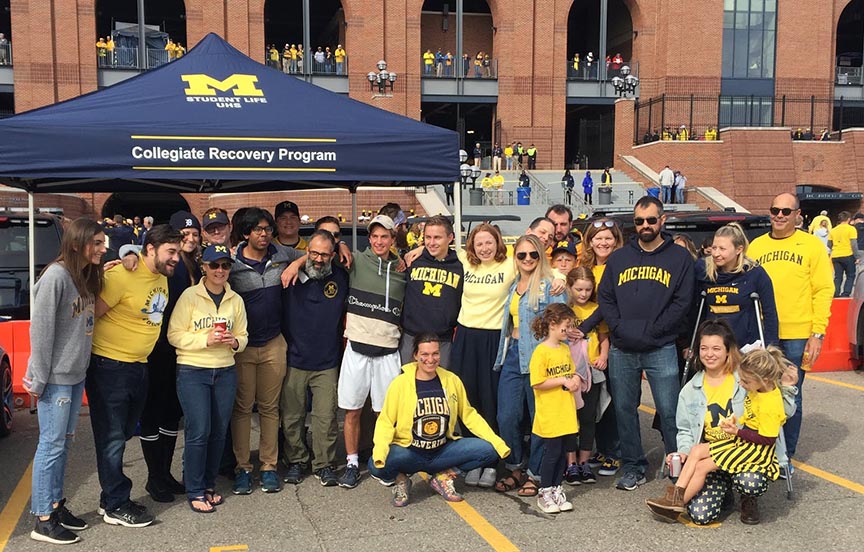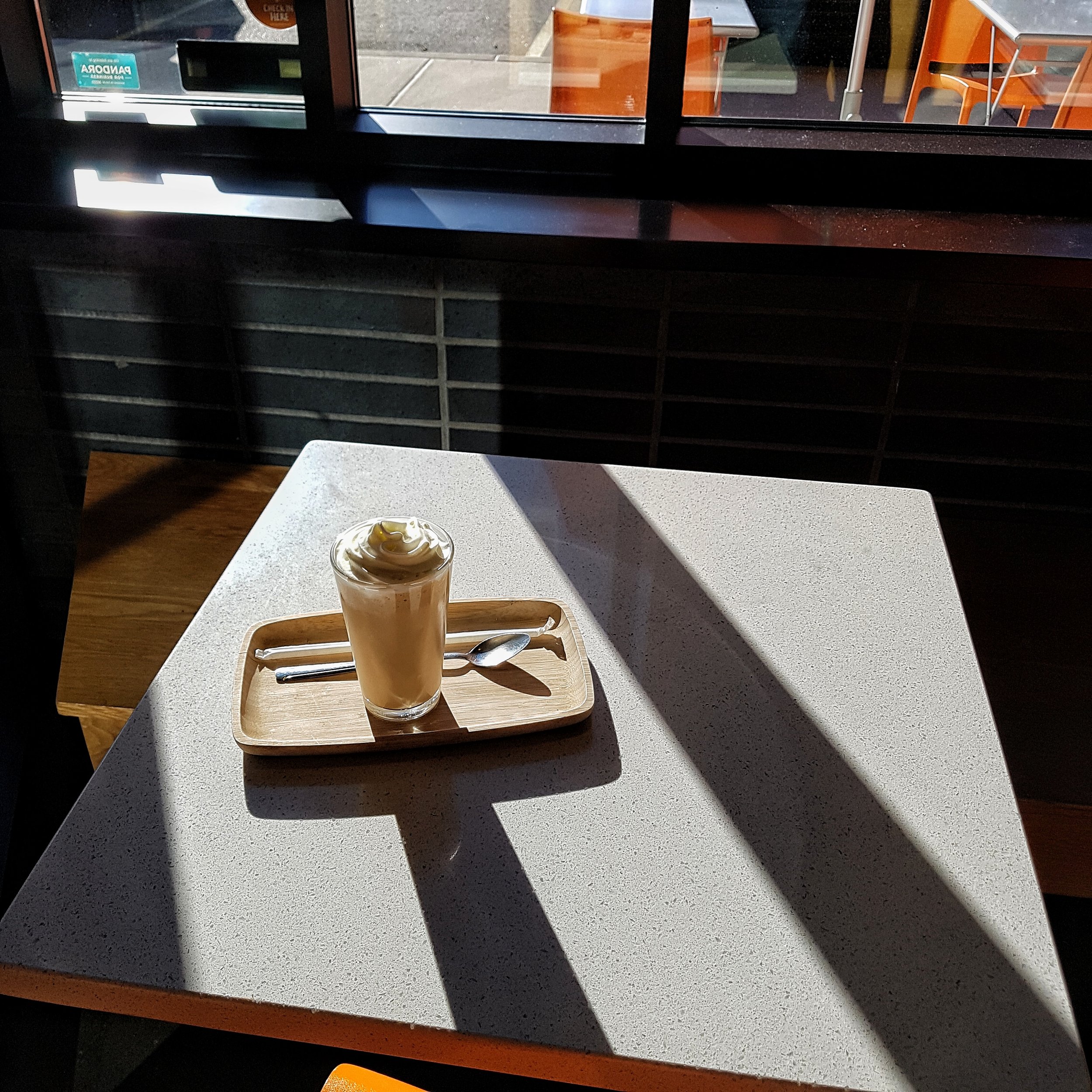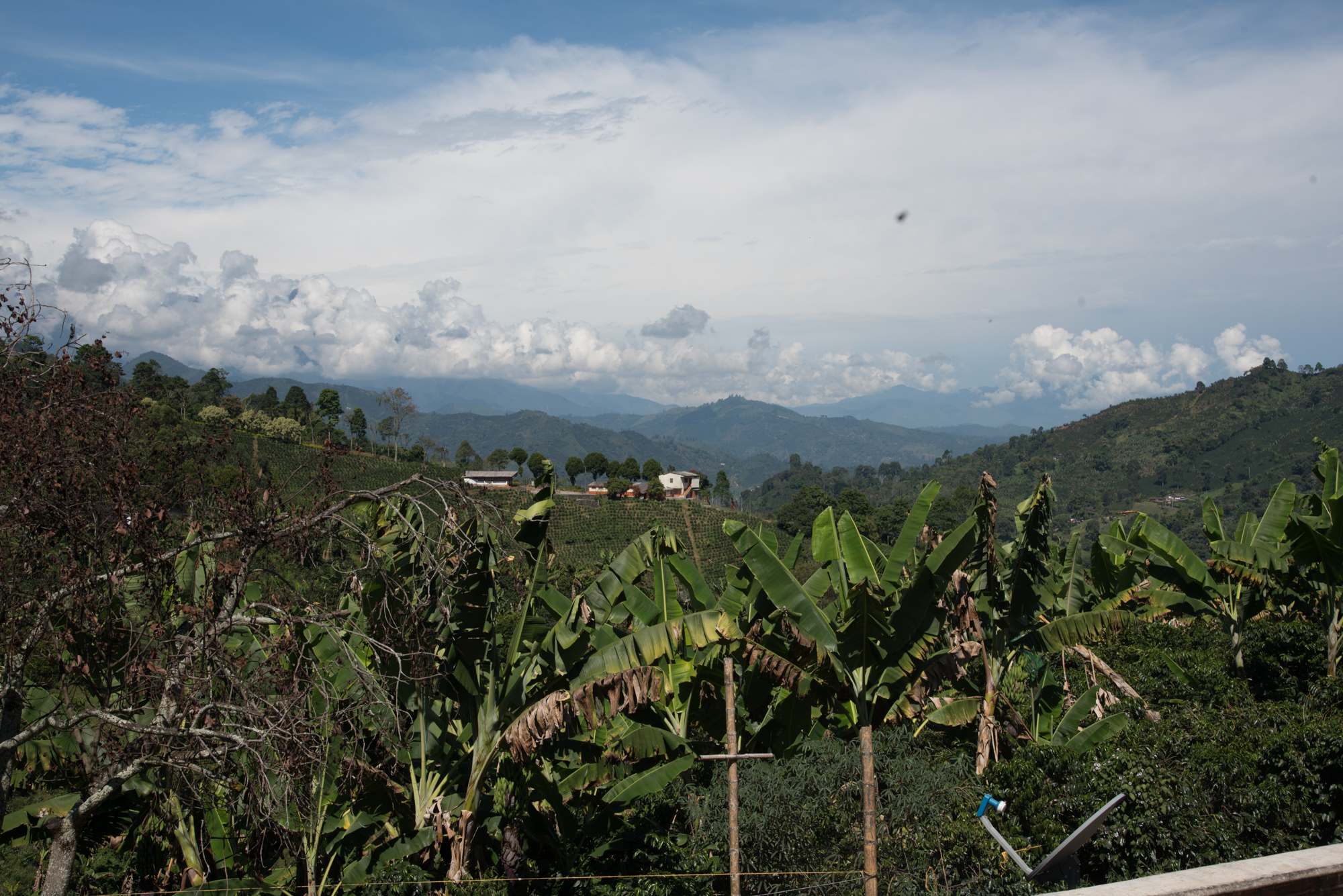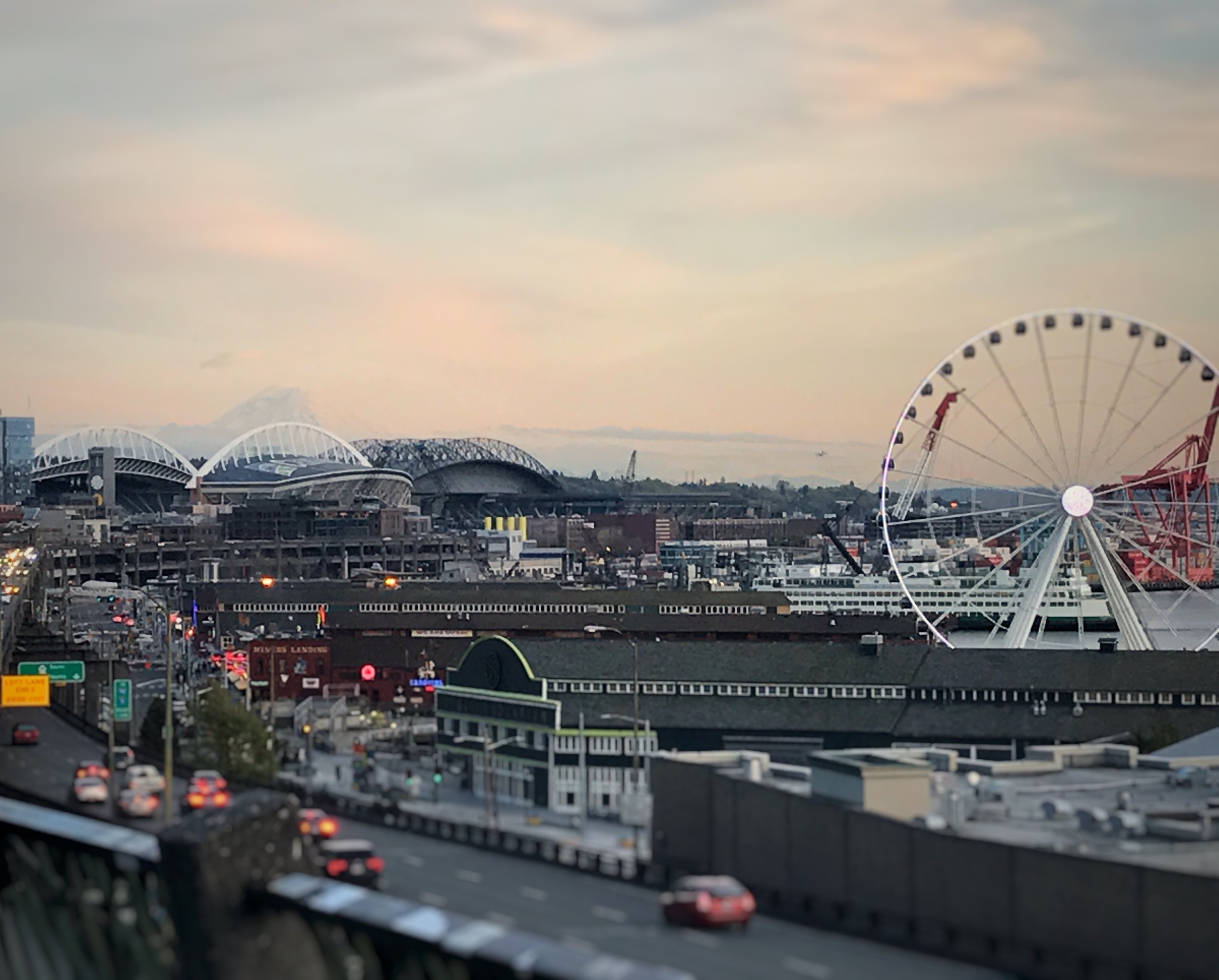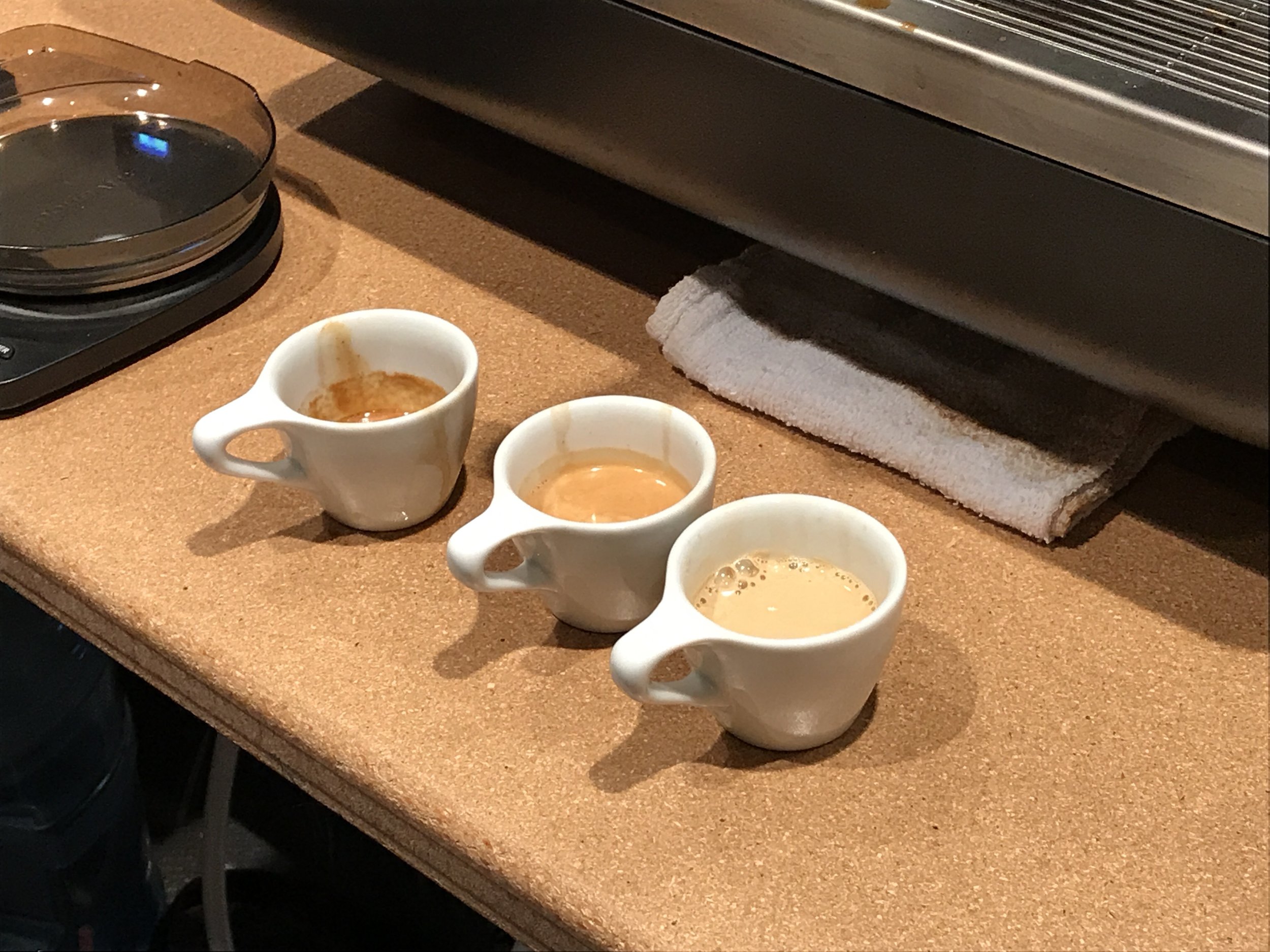At Mighty Good Coffee, we believe that coffee is more than just a beverage. It’s a story—one that begins with the land, the people, and the traditions of where it’s grown. Our newest release, Naga Singage, is a prime example of this philosophy, connecting your morning cup to the rich heritage of Ethiopia's Gedeo region.
The Origins: Naga Singage Mountain
Named after the Naga Singage Mountain, this coffee is rooted in a land that holds deep significance for the local Gedeo community. The mountain is not just a physical landmark—it is a place of reconciliation and healing, where people gather to settle disputes and come together in unity.
The farmers who grow the coffee in the Gersi kebele (neighborhood) live at altitudes between 1950 and 2150 meters above sea level. These smallholder farmers work the land with care, cultivating beans that will become some of the finest lots of both washed and natural coffee. Like the Naga Singage Mountain itself, this coffee represents a balance between tradition and modern craftsmanship.
The Process: A Labor of Love
The coffee you enjoy is the result of countless hours of hard work, beginning with careful cultivation. At high altitudes, the coffee cherries grow slowly, developing complex flavors that set them apart from mass-produced beans. The farmers hand-pick each cherry at peak ripeness, ensuring that only the best are used.
Once harvested, the beans go through a meticulous drying process. Under the Ethiopian sun, rows of cherries are laid out to dry, as seen in the photos below. This natural drying method locks in the bright, fruity acidity that Ethiopian coffee is famous for. Each step of the process is done with precision and care, from sorting to drying to bagging the beans for export.
The Cup: A Taste of Tradition
When you brew a cup of Naga Singage, you’re experiencing coffee as it was meant to be—rich in flavor and steeped in history. The high-altitude growing conditions give the coffee a unique profile, combining fruity acidity with a full-bodied mouthfeel. It’s the perfect balance for those who appreciate both natural and washed coffees.
But more than just its flavor, Naga Singage carries with it the story of the people who made it possible. Every sip connects you to the smallholder farmers who pour their heart into their work, day in and day out.
Why It Matters
At Mighty Good Coffee, we are committed to sourcing our coffee in ways that support the farmers and communities behind each cup. By purchasing Naga Singage, you’re not just getting premium coffee—you’re supporting small-scale farmers who work tirelessly to bring the best of their region to the world.
Next time you enjoy your coffee, take a moment to think about the journey it took to get to you. From the misty mountains of Naga Singage to the drying beds of Gersi, and finally to your cup—it’s a journey of hard work, tradition, and a love for the craft.
Start your morning with Naga Singage, and take a sip of Ethiopian tradition.








